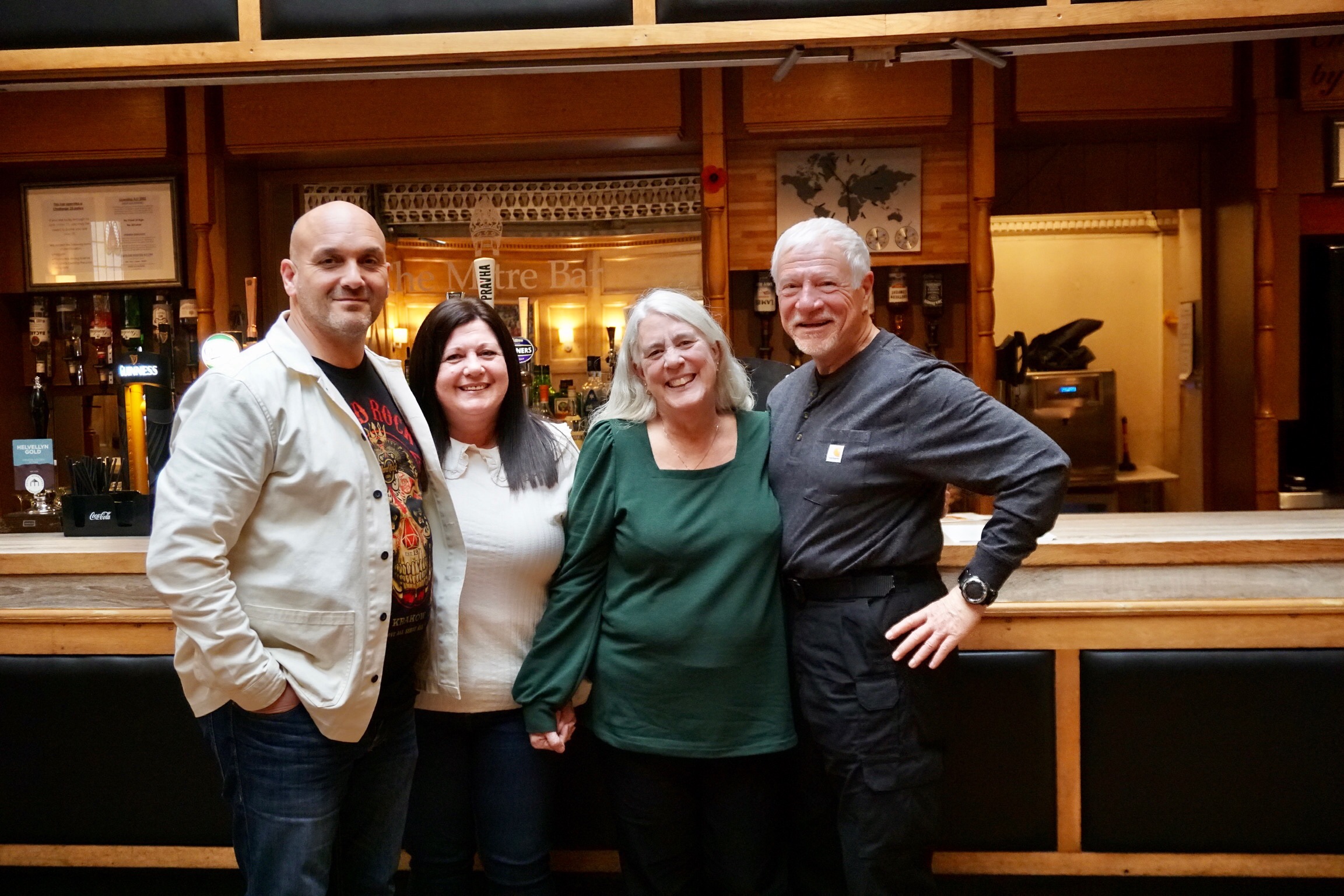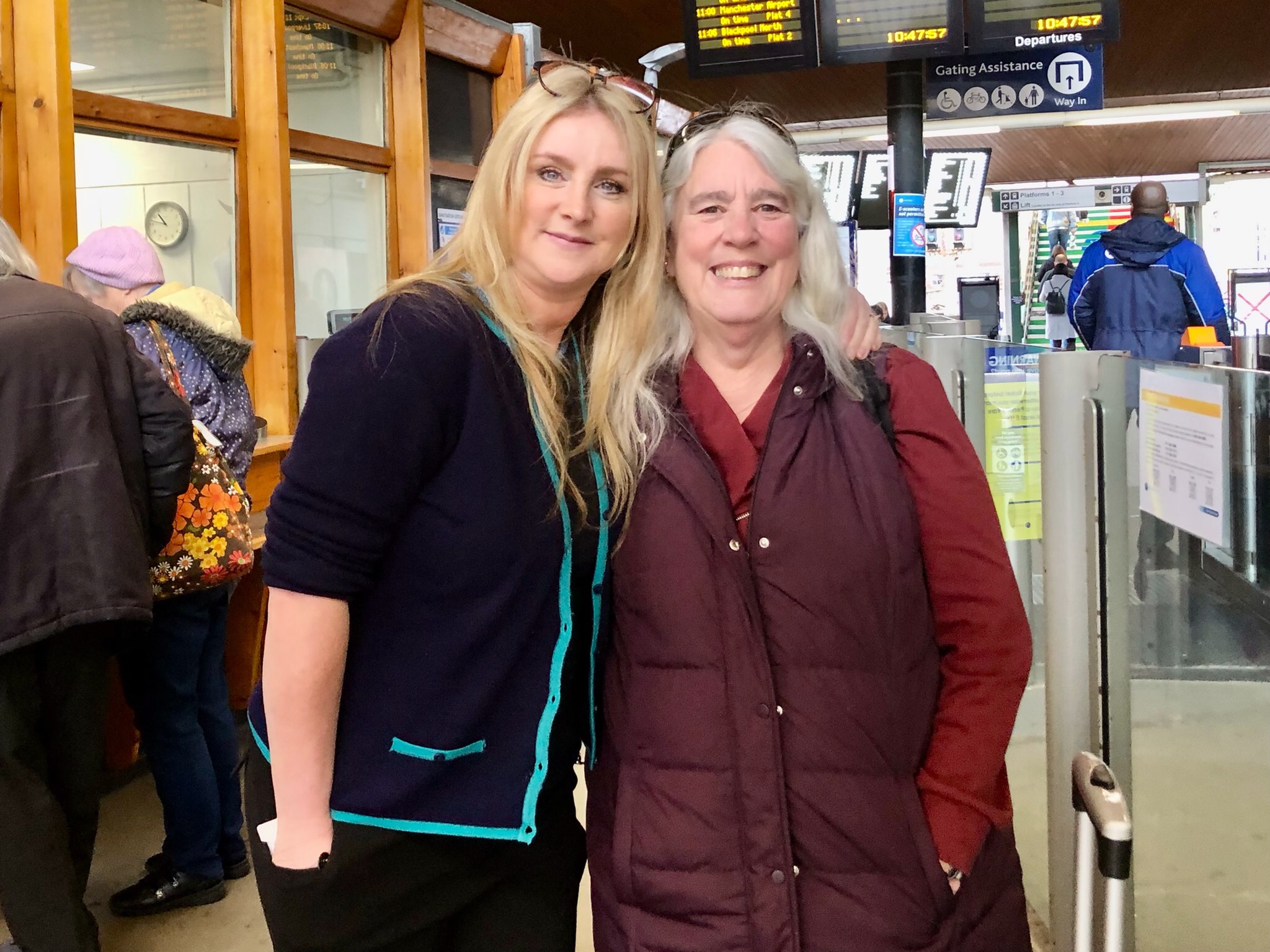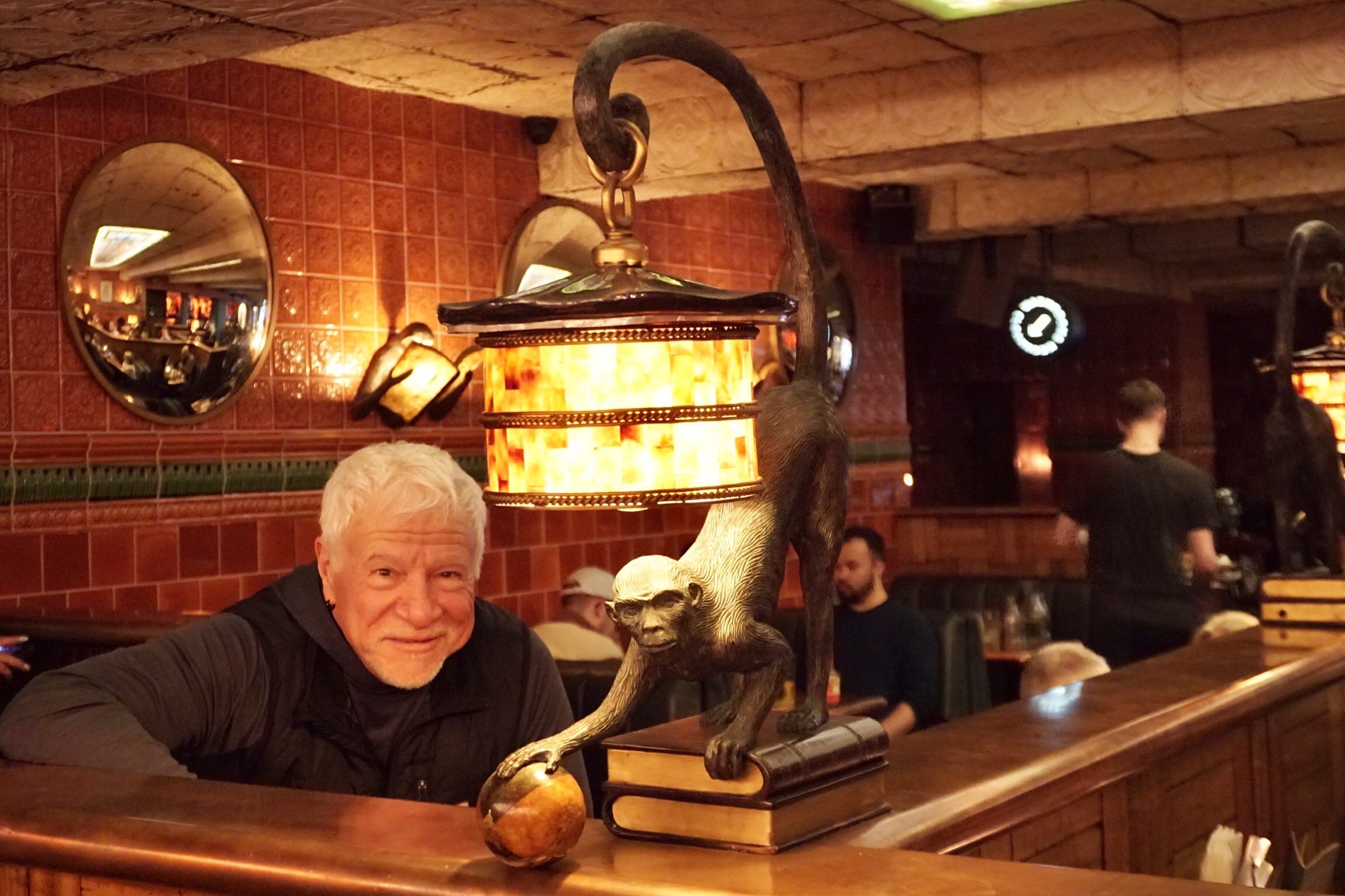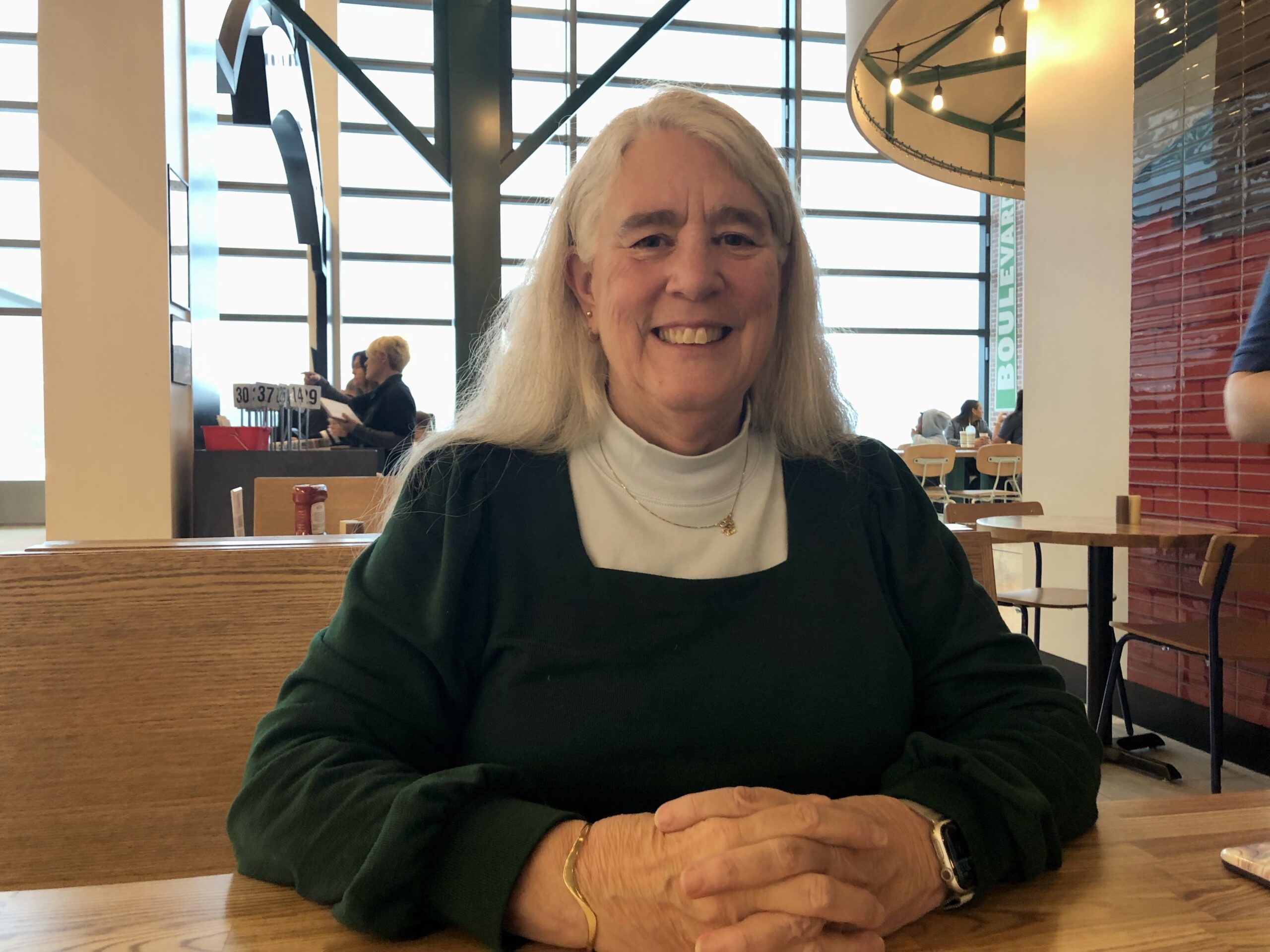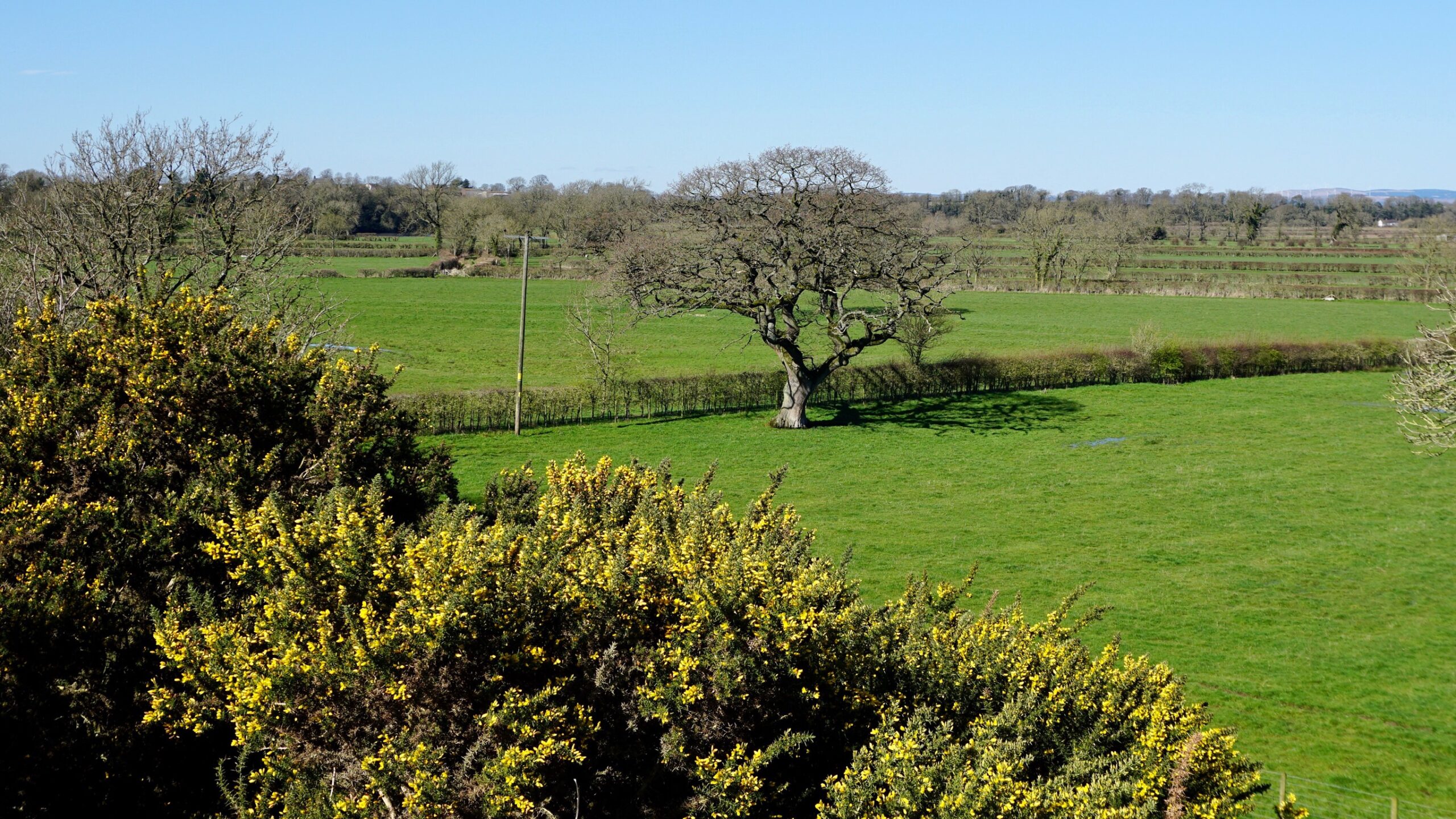
Written March 27, 2023, at Carlisle, England.
Today was a day of good fortune. It was the first dry and sunny day we have had since arriving in England.

My transport to the coastal village of Bowen on Solway, at the west end of the Hadrian’s Wall site, was ably executed by driver Eddie on behalf of Carlisle Taxi and Hire.



And… The tide was out!


I learned from Eddie that at high tide the roadways I would be walking on are often covered with 2 or more feet of water. Hikers are then forced to pause the journey for the 1-2 hours it takes for the tide waters to recede.



Had I stayed strictly on the route the distance today would have been 15 miles. I did a bit of wandering which added at least another mile. In any case, I totaled nearly 45,000 steps and my feet feel every one of them.


I have walked farther in a day, but there have usually been some break-in days. Today was a “cold start“, both literally and figuratively. It was the longest one day distance on this trek across England, and the temperature at start hovered at freezing.

Hadrian’s Wall can be hiked year-round, however this is discouraged because of the mud and rain sodden condition of the trail in late winter. The “unofficial“ start is recognized as being after the spring change of the clocks. By that measure I was hiking on “opening day“.
Most of the day I had the trail to myself. Until I neared the city of Carlyle I had seen fewer than six walkers, only three of which were actually “hiking the wall“.

This included a delightful couple of my generation who were enjoying a shorter segment today before returning home tomorrow.

About two-thirds of today’s walk was on paved roads and seldom used farm lanes. Neither of those were optimal. The pavement was hard and jarring. The farm lanes were a mess of muck and puddles.


The other third of the journey was across pastureland. These occasionally became grassy swamps that sucked at the soles of my boots.




Nevertheless, it was a surreal experience. Me, solo, striding west to east across England, along the site of fortifications populated by thousands of Roman soldiers nearly 2000 years ago. Wow!
But where was the wall? The answer: preserved in the local houses, churches, and roads.





For nearly 2,000 years Hadrian’s Wall was a convenient “stone quarry” that was 16 feet high, 8 feet wide and miles long. Understandably, the locals couldn’t resist using the readily available construction materials.
I was on the trail at 8:30 AM and made it back to Christine in Carlisle at 3:30 PM. There were some brief stops for water and to enjoy the leftover pizza that I packed in a Ziplock bag from the night before.
Here are more images from the day, some of which include captions. I am also presenting photographs of some of the sign boards on the hike for those yearning for greater detail.
We are staying in Carlisle tomorrow. The second day on the trail will be this coming Wednesday. Unfortunately, the weather is predicted to resume the overcast and showers that marked our first days in England.
Peace Everyone. Pete










